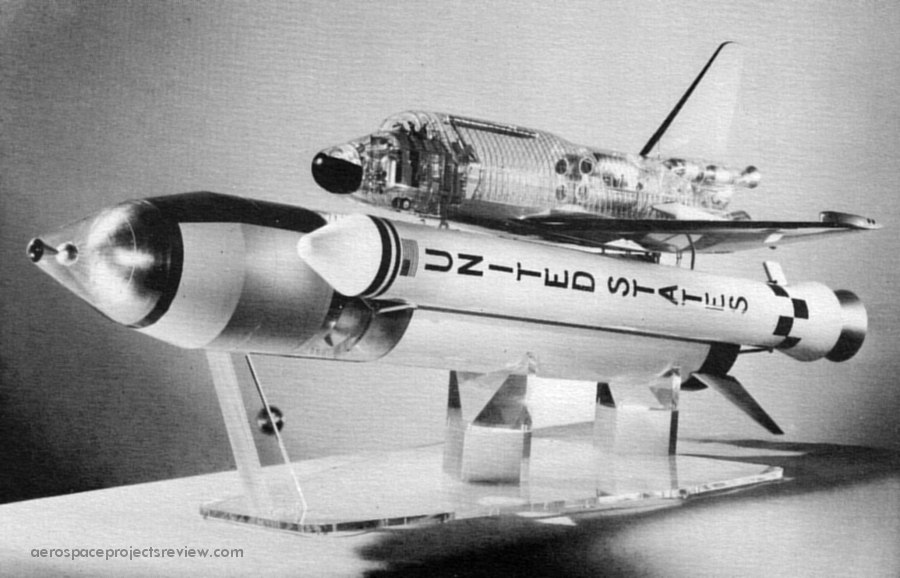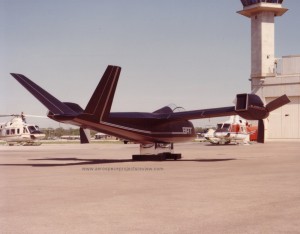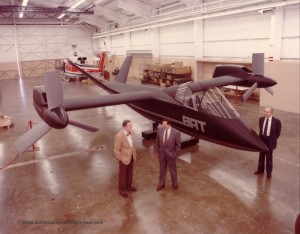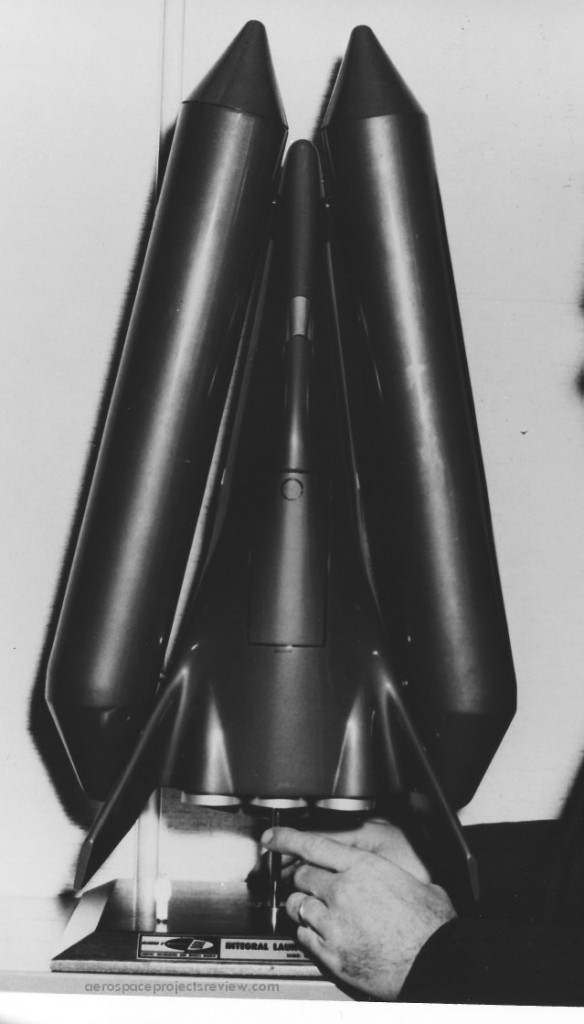A late 1980’s Boeing display model has some sort of high-speed airbreathing missile with a sizable solid rocket booster. Anyone?
As may have been noticed, a major effort of late has been the large format cyanotype blueprints on vellum (which, continuing the long sad tradition, turned out to be another product line people don’t want). But I’ve also been working on a number of model projects, everything from finished display models to repairing some vintage display models to working on all-new models to be turned into kits. One of the latter is the Helicarrier being developed for Fantastic Plastic. Still a fair way to go, but the bulk of the major parts are at least roughed out now. The final model is going to be damned impressive… it’s not planned to be small.
Alex Tremulis was an industrial designer. Best known for designing the Tucker automobile, he spent WWII in the Army Air Corps at Wright Field designing advanced combat aircraft. One of the most interesting designs he produced was known as the “Zero Fighter,” a rocket powered interceptor which had a large booster rocket first stage.
I mastered parts for a kit of the Zero Fighter for Fantastic Plastic. FP has just released the 1/48 kit. I understand that this is a limited run kit, so get yours soon…
Tremulis Zero Fighter (1944)

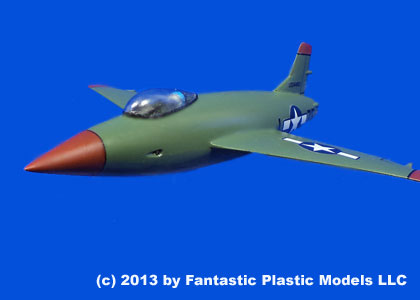
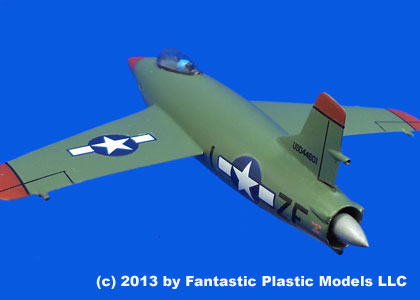
A photo of the Bell Helicopter BAT (Bell Advanced Tiltrotor) mockup built in the late 1980s. This was an early competitor in the Light Helicopter eXperimental (LHX) program, eventually won by what would become the RAH-66 Comanche. While the BAT met the early requirements of the program, it was too unconventional.
On occasion, an aircraft will survive a mid-air collision.
This is not one of those times.
[youtube zSHYpM1JDKE]
Dragon seems to have announced a re-tooled version of their 1/72 Saturn V, this time as a kit rather than a fully built-up display model. And rather than $255, it’ll be in the $170 range. Available for pre-order HERE for $135. Sadly I don’t get a piece of the action from sales there, so anyone wants to send me one of these kits, feel free…
Kits to modify the Saturn V into something else would seem called for… a Skylab shroud, or strap-on boosters, or a 10-meter Orion payload…
Another photo (via the NASA HQ History Office) of the Lockheed STAR Clipper. This was an early stage-and-a-half concept with a reusable orbiter and expendable propellant tanks. Vastly more info on this is available in APR issue V3N2.



